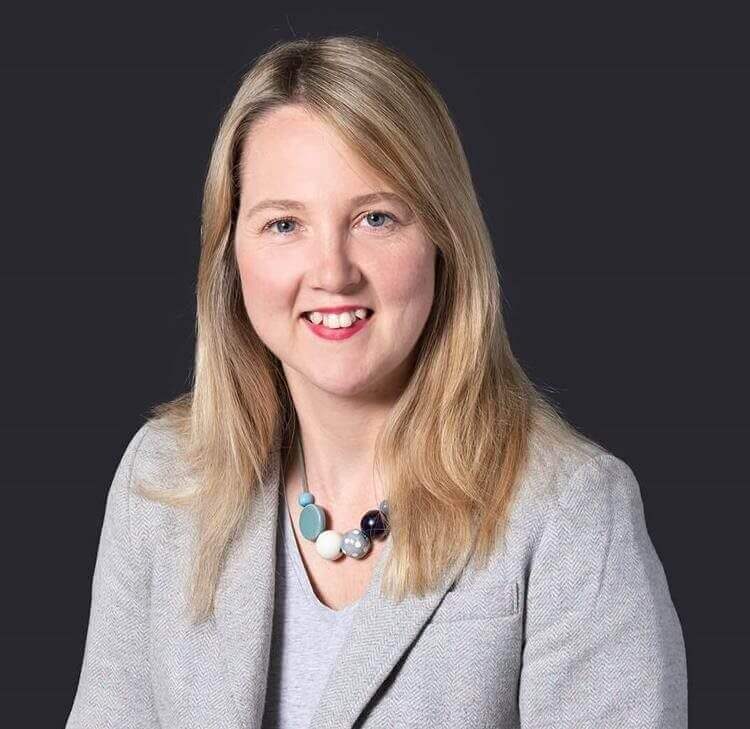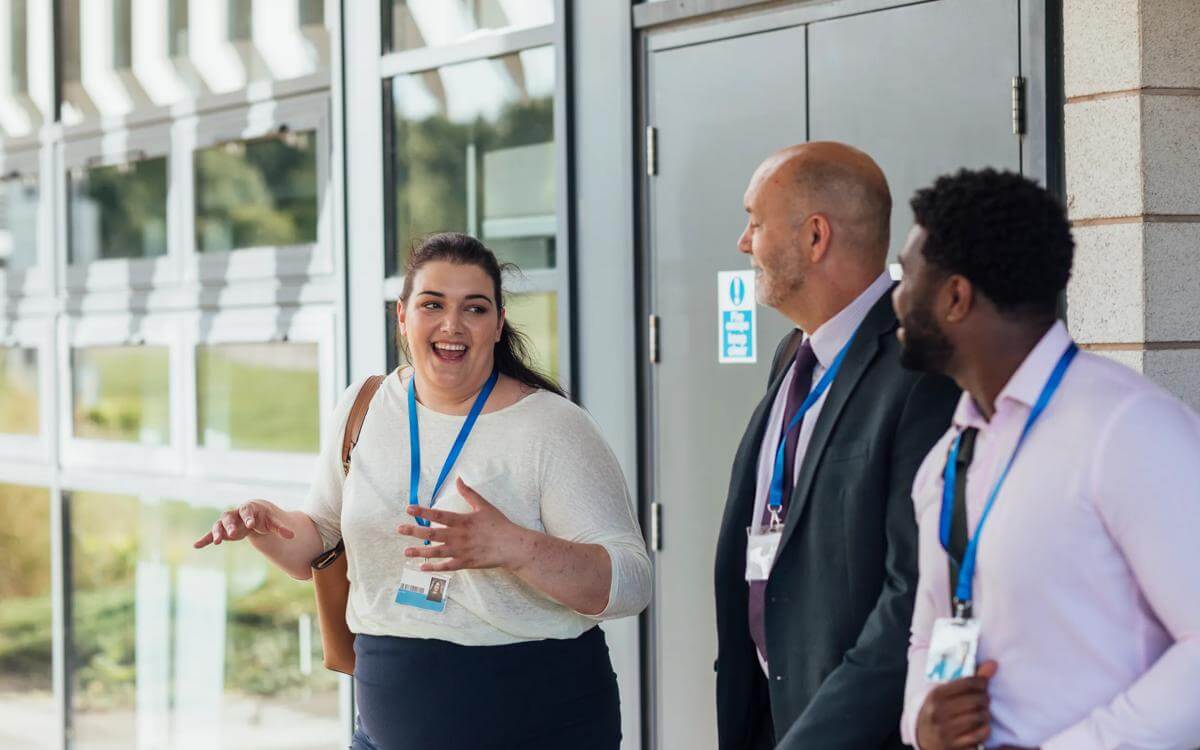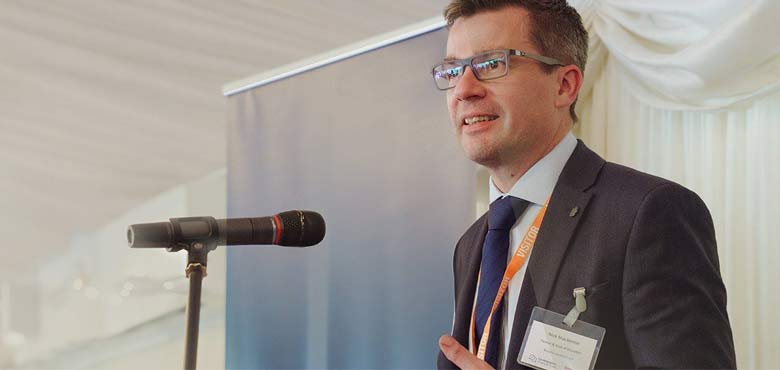Virtual AGMs
This guidance has been prepared to support academy trusts (Trusts) who want to hold a fully virtual Annual General Meeting (AGM) or a hybrid AGM, as we know that Trusts may want to be prepared for future disruption as well as having a general interest in holding more meetings virtually. The guidance also applies to other meetings of the Members (known as General Meetings).
Power to hold virtual and hybrid AGMs
A virtual meeting is where all members of the meeting meet via a virtual platform, usually by video conferencing technology. A hybrid meeting is where some members of the meeting attend in person whilst others join virtually.
The Corporate Insolvency and Governance Act 2020 (Coronavirus) (Extension of the Relevant Period) Regulations 2020 allowed a temporary relaxation for companies to hold virtual AGMs during the COVID-19 pandemic. However, these Regulations are no longer in force.
The DfE’s latest Model Articles, published in June 2021, (Model Articles) explicitly allow Trusts to hold an AGM virtually (see Articles 23A-23B).
For Trusts that have not yet adopted these Model Articles, there is considerable doubt as to the legality and validity of holding virtual Members’ meetings under the provisions of the Companies Act 2006 (Act). Essentially, the uncertainty relates to whether the "place" of a meeting can include a virtual platform for the purposes of section 311(1) of the Act. Most commentators consider that it does not, hence the need for the Regulations.
Hybrid meetings are permitted under section 360A(1) of the Act, which permits the holding and conducting of Members meetings in such a way that persons who are not present together at the same place may by electronic means attend and speak and vote at it.
Options for holding AGMs
The first thing you should establish is whether your Trust is required to hold an AGM. To do this, you will need to check the Trust’s articles of association (Articles). Until relatively recently, the DfE’s Model Articles provided for AGMs to be optional, and therefore the position on whether or not you must hold an AGM will depend on the approach your Trust took at the time. The Model Articles now require the holding of an AGM at Article 19 but, as set out above, explicitly allow Trusts to hold the AGM virtually (see Articles 23A-23B).
If the Trust is required to hold an AGM, then this guidance note will help you to understand your options and prepare for holding your AGM where it is preferred that the meeting not be held in person.
In summary, your options for holding an AGM where not everyone can attend in person are:
- adopt the latest DfE Model Articles which explicitly allow Trusts to hold the AGM virtually;
- hold the AGM as a hybrid meeting; or
- hold the AGM by making use of the proxy provisions in the Articles.
It is worth noting that Members can make decisions by way of the written resolution procedure in accordance with Article 35 of the Model Articles. However, written resolutions cannot replace an AGM if your Articles require you to hold one.
Whilst we have sought to cover the common issues that will arise, please do speak to a member of the team if a question or issue that arises is not covered and they will be able to help you. You can continue to reach us by phone (0370 270 6000) or email (education@brownejacobson.com) at any time.
Virtual and Hybrid AGMs: Benefits and drawbacks
Before reviewing the options for virtual AGMs it is worth reflecting on whether there are different considerations from a governance perspective compared to virtual Board meetings. The roles of Members and Trustees are different as well the nature of business conducted at Members and Trustees meetings.
We have set out some practical considerations for virtual and hybrid AGMs below:
Benefits:
- Safety and convenience – by hosting a virtual AGM, your attendees can participate from the safety and comfort of their own home or workplace.
- Attendance and accessibility – virtual AGMs make it easier for Members to attend from any location.
- Cost advantages – virtual AGMs negate the need for refreshments and travel costs etc.
- Record keeping – votes can be collected electronically and displayed in real-time which eliminates the possibility of human error, and it is easy to identify who was in attendance at the meeting for future reference. Whilst this would mainly be a concern for large corporates, it could also be a factor for some MATs.
Drawbacks:
- Technological challenges – if technology fails, this could lead to an adjournment of the AGM.
- Governance – in a virtual setting, Members may find that they are not able to interact as easily as they can in-person and this will affect strategic decision making.
- Reluctance – Members may not be keen on participating in virtual AGMs and it could limit their opportunities for asking questions.
- Missed opportunities –
- for Members to be able to visit and see the Trust in action.
- to deepen relationships between Members and between Members and Trustees.
The rules for calling and holding AGMs
In this section, we summarise some of the provisions in the Model Articles that are most likely to be relevant when determining your approach.
Timeframes
Under the Model Articles the Board have flexibility when to hold an AGM if they comply with two rules:
- an AGM must be held in each financial year (save that the first AGM must be held within 18 months from incorporation); and
- there must not be more than 15 months between AGMs.
Notice
The AGM is held at such time and place as the Trustees shall appoint (Model Article 19).
General Meetings (including AGMs) must be called on at least 14 clear days’ notice (Model Article 21). The date the notice was issued and the date of the meeting do not count towards the 14 clear days. The Model Articles do also provide for shorter notice where Members representing 90% of the total voting rights at that meeting agree.
The notice must state the date, place and time of the meeting and the general nature of the business to be conducted at the meeting. If the notice of meeting relates to an AGM, then the notice must state this.
If a special resolution is proposed, the notice must include the full text of the resolution and state that it is a special resolution. Although there is no legal requirement to include the text of ordinary resolutions, it is common practice to do so.
The notice:
- must also state that each Member is entitled to appoint a proxy; and
- should be sent to all the Members, the Trustees and the auditors (Model Article 21A).
The accidental omission to give notice of a meeting to, or the non-receipt of notice of a meeting by, any person entitled to receive notice shall not invalidate the proceedings at that meeting (Model Article 22).
Quorum
The Model Articles state “A quorum is a majority of Members present in person or by proxy and entitled to vote upon the business to be transacted.” (Model Article 23).
If a quorum is not present within 30 minutes of the start time in the notice (or a quorum ceases to be present) then the meeting is automatically adjourned until the same place, time and day of the week in the next week or to such other time and place as the Trustees determine (Model Article 24).
Proxies
The Model Articles provide for Members to appoint proxies to vote on their behalf. Proxies can be appointed generally or given specific direction how to vote.
The Articles will include a format for the appointment of a proxy.
Whilst it would be typical for, say, the Board Chair to be appointed as proxy there are no specific rules as to who can be appointed as proxy.
For a proxy appointment to be valid, it must “be deposited at the office or at such other place within the United Kingdom as is specified in the notice convening the meeting or in any instrument of proxy sent out by the Academy Trust in relation to the meeting not less than 48 hours before the time for holding the meeting or adjourned meeting at which the person named in the instrument proposes to vote”. You may therefore want to consider whether, for administrative reasons, it is better to specify a different address to the Trust’s registered office in the AGM notice.
Chair
For older Articles, the Board Chair will, if present, preside as Chair. Under the current Model Articles, the Members present and entitled to vote shall elect by ordinary resolution one of their number to chair the General Meeting (Model Article 25).
Trustees
Pursuant to Model Article 27, Trustees are entitled to attend and speak at General Meetings. However, they do not get a vote.
Trustees are not required to attend, so if they are unable to attend that will not invalidate the AGM.
AGM Business
The business to be conducted at an AGM will vary between Trusts and will, to some extent, depend on the approach taken in the Model Articles on various points, but we would expect some or all the following to be relevant:
- to elect a chair for the meeting (where the latest Model Articles have been adopted (i.e. where the older provisions for the Board Chair if present to act as chair do not apply));
- to receive and adopt the Trust’s annual accounts for the last financial year together with the directors' report and auditor's report on those accounts;
- to appoint or reappoint (as applicable) the Trust's auditors for the next accounting period;
- where retirement by rotation is adopted and the AGM is used as the meeting to make appointments, to appoint and/or reappoint Trustees under the Member appointment provisions in the Articles (Model Article 50).
Options for holding virtual AGMs
Option 1 - Adopt the latest DfE Model Articles which allow Trusts to hold the AGM virtually
DfE’s latest Model Articles published in June 2021 make express provision for General Meetings to be held virtually:
23A. A person may attend a General Meeting by telephone or by any suitable electronic means by which all those participating in the meeting are able to communicate with all other participants.
23B. A person so participating by telephone or other communication shall be deemed to be present in person at the meeting and shall be counted in a quorum and entitled to vote. A meeting shall be deemed to take place where the largest group of those participating is assembled or, if there is no group which is larger than any other group, where the chair of the meeting is located at that time.
There are similar provisions made for board meetings at Model Articles 126-126A.
If your Trust envisages holding virtual AGMs and General Meetings as standard practice, then adopting the new Model Articles will remove any legal uncertainty about the validity of such meetings.
In most cases, adopting the new Model Articles will require the consent of the DfE. Where the adoption of the Model Articles will result in an alteration to certain provisions of the Articles known as ‘regulated alterations’, these changes will also require the separate consent of the Charity Commission.
The Model Articles for church academy trusts have not yet been updated with these new virtual AGM provisions. The Trust would need the consent of the DfE, the Diocese (or the relevant religious authority) and any site trustee to vary the existing Articles to include these new provisions.
Once approved, the Articles can be adopted by the Members by special resolution and filed with Companies House.
Option 2 – Hold the AGM as a hybrid meeting
As outlined above, hybrid meetings, where some members of the meeting attend in person whilst others join virtually, are permitted under section 360A(1) of the Act. For the purposes of the notice, the “place” of the meeting will be the physical location where those meeting in person are present.
The detail provided in the Act is very limited so, ideally, there would be provisions in the Articles to deal with certain practicalities to help the Chair/Governance Professional conduct the meeting effectively. It should be noted that there are also some possible contradictions; for example, Article 29 refers to a resolution put to the vote of the meting being decided “on a show of hands” but, clearly, this will not work where a Member proposes to join by telephone.
However, the Articles do permit Trusts to make rules and bye laws as they may deem necessary, expedient or convenient (Model Articles 137 and 138). Trusts wanting to hold a hybrid meeting should consider putting in place their own agreed practices to ensure governance remains effective. Rules might include detailing a preferred virtual platform, use of technological functions (e.g. video on, use of mute, recording meetings), managing Member participation and communication and voting.
Option 3 - Hold the AGM by making use of the proxy provisions in the Articles
To use this option, you need to check Article 23 of your Articles. For those Trusts on older Articles, this is likely to confirm that a Member counts towards the quorum by being present either in person or by proxy, and that two persons entitled to vote upon the business to be transacted (each being a Member or a proxy of a Member or a duly authorised representative of a corporate Member) shall constitute a quorum.
The AGM notice will need to specify a venue (“place”) for the AGM; this might be the registered office of the Trust. At least one of the Members will need to be physically present at this location and there must be at least one other person physically present at the location who can be appointed as “proxy” for the other Members.
When appointing a proxy, Members have the choice to direct how the proxy to vote as explained above. It is likely that it would make sense that the form of proxy directed the proxy how to vote in these circumstances. In particular, where the Articles require the General Meeting to elect the chair for the meeting, you will want to ensure that a resolution appointing a Member who will be present in person at the meeting is included on the proxy appointment form and AGM notice.
The future of virtual AGMs
There is no sign yet that the government is minded to vary the Companies Act 2006 to clarify the legal position on holding virtual Members meetings. Indeed, many commentators have called on the government not to do so, citing the benefits of holding such meetings in person. Despite this, holding AGMs virtually has remained popular within the academy trust sector, with the convenience of meeting together online often off-setting the any perceived drawbacks. Using the options outlined in this guidance note will ensure that the legality and validity of your virtual Members meetings are not called into doubt.
Key contacts

Victoria Hatton
Partner
victoria.hatton@brownejacobson.com
+44 (0)330 045 2808

Nick MacKenzie
Partner
nick.mackenzie@brownejacobson.com
+44 (0)121 237 4564








































